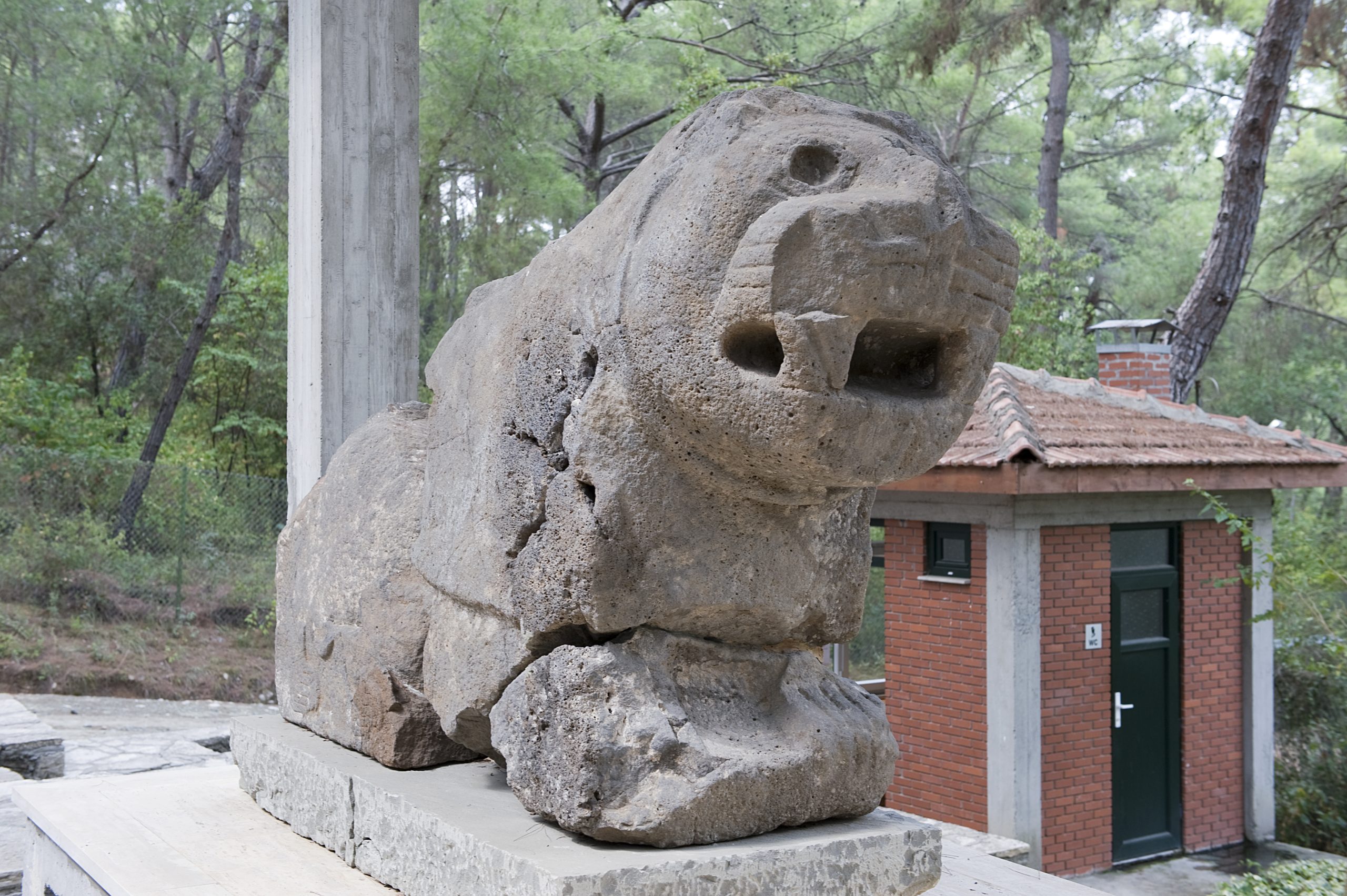Karatepe is an ancient site located in modern-day Turkey, known for its archaeological significance. It was a late Hittite fortress city, which rose to prominence in the 8th century BC. The site is particularly famous for the Karatepe bilingual, an inscription in Phoenician and Luwian languages that has been instrumental in understanding these ancient scripts. The discovery of Karatepe has shed light on the Neo-Hittite kingdoms that thrived after the fall of the Hittite Empire.
Hittite Empire
The Hittites: An Overview of a Forgotten Empire
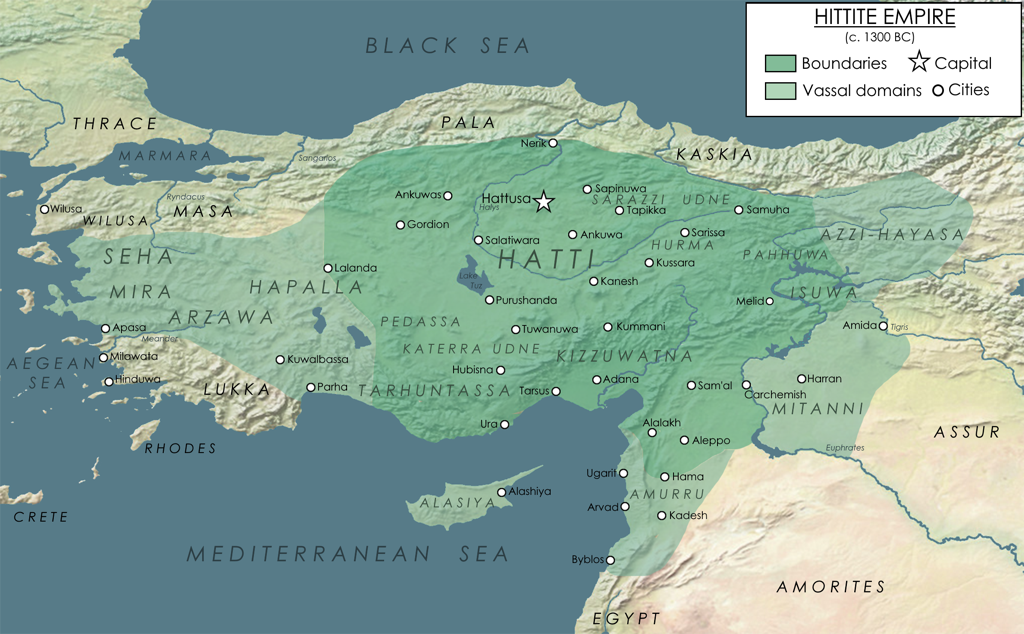
The Hittites, an ancient people who emerged in Anatolia around the middle of the 2nd millennium BCE, have long fascinated historians and archaeologists alike. Their civilization, known as the Hittite Empire, was centered in what is now modern-day Turkey. This empire was among the most powerful in the Near East, rivaling even the Egyptians and the Assyrians. The Hittite civilization was characterized by its advanced legal systems, sophisticated art and architecture, and its pivotal role in the political dynamics of the ancient Near Eastern world.
The Hittite Empire reached its zenith in the 14th century BCE under the reign of Suppiluliuma I, expanding its territories to encompass large parts of Anatolia, the Levant, and even northern Mesopotamia. This expansion was not only a testament to their military prowess but also to their diplomatic strategies, which included marriages into the royal families of neighboring states. The Hittite people were adept in harnessing the power of iron, which gave them a significant advantage over their rivals who were still reliant on bronze weaponry. This technological edge, combined with their formidable chariotry, cemented the Hittites’ status as a superpower of the ancient world.
The Hittite language, part of the Anatolian branch of the Indo-European language family, provides a crucial window into their culture and society. The discovery of thousands of clay tablets inscribed in cuneiform script at the site of Hattusa, the Hittite capital, has been instrumental in understanding the complexities of Hittite law, religion, and diplomacy. These texts, which include the famous Treaty of Kadesh with Egypt, the oldest known peace treaty in the world, highlight the Hittites’ sophisticated approach to governance and international relations.
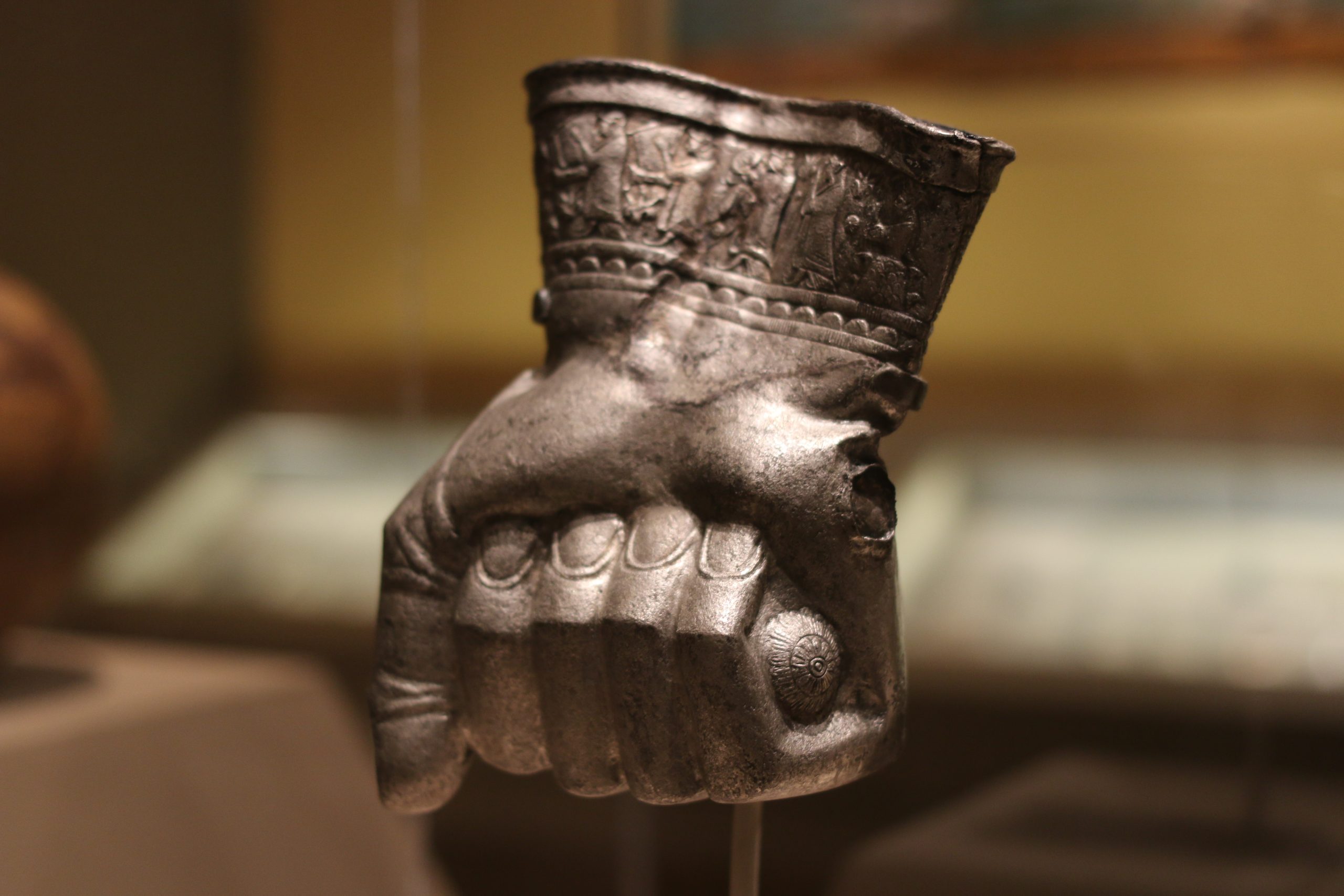
Despite their prominence, the Hittite Empire began to decline around the 12th century BCE, eventually fragmenting into several “Neo-Hittite” city-states. These entities persisted until their final absorption into the expanding Assyrian Empire in the 8th century BCE. The reasons behind the decline of the Hittite civilization are still debated, with theories ranging from internal strife to invasions by the Sea Peoples and changes in trade routes. However, the legacy of the Hittites lived on, influencing the cultures and histories of subsequent civilizations in the region.
The Hittite people themselves are an enigma, with limited physical descriptions available from ancient sources. Artistic depictions and skeletal remains suggest they were similar in appearance to other Anatolian and Near Eastern peoples of the time, with a diverse genetic makeup indicative of a society that was at the crossroads of several ancient civilizations. Their contributions to the development of iron technology, legal thought, and international diplomacy are among their most enduring legacies, marking them as a pivotal civilization in the history of the ancient Near East.
In conclusion, the Hittites represent a civilization that, despite its once formidable power and influence, has only come to be appreciated in the light of modern archaeological discoveries. The study of the Hittite language and the excavation of sites such as Hattusa have unveiled the complexities of a society that was at once warlike and sophisticated, insular and international. As research continues, the story of the Hittite Empire and its people promises to further enrich our understanding of the ancient world.
Explore The Hittite Empire’s Archaeological Discoveries and Historical Sites
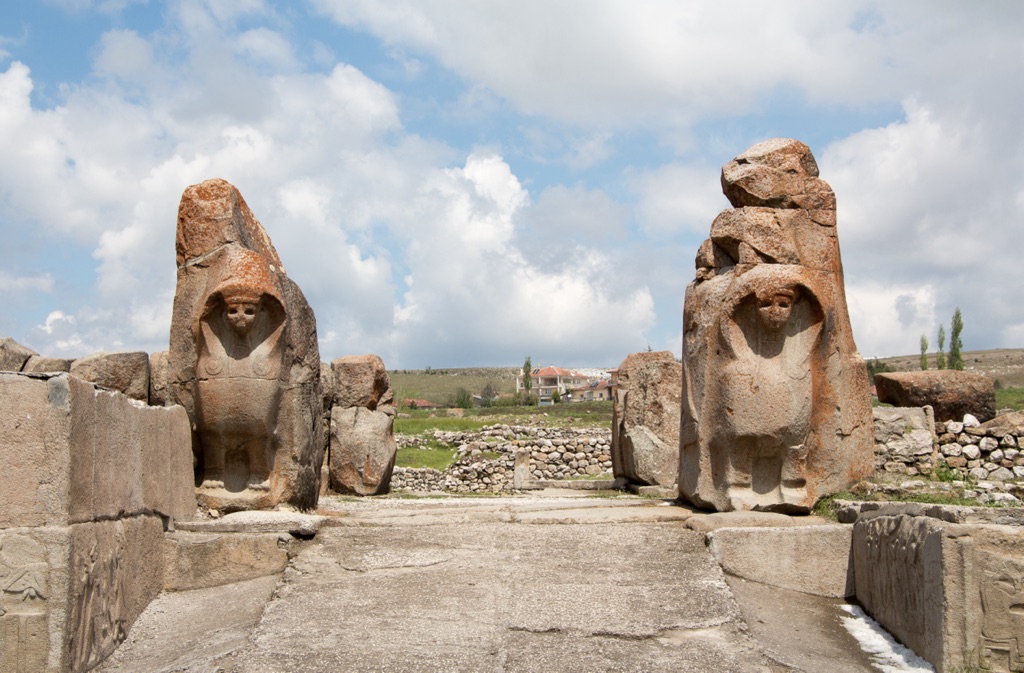
FAQ on The Hittites
Who were the Hittites?
The Hittites were an ancient civilization that flourished in Anatolia (modern-day Turkey) during the 2nd millennium BCE. They established a powerful empire that played a significant role in the politics and culture of the Near East.
What did the Hittites look like?
There is limited information on the physical appearance of the Hittites. Artistic depictions and archaeological findings suggest they were similar to other Anatolian and Near Eastern peoples, with a diverse genetic makeup.
How to pronounce “Hittites”?
“Hittites” is pronounced as “HIT-tites,” with emphasis on the first syllable.
Were the Hittites in the Bible?
Yes, the Hittites are mentioned several times in the Bible. They are depicted as one of the peoples inhabiting the land of Canaan, with whom the Israelites had interactions.
Were the Hittites black?
The Hittites, based on archaeological and historical evidence, were not black in the sense of Sub-Saharan African peoples. They were an Anatolian people and would have resembled other groups from the region, which is characterized by a diverse range of genetic backgrounds.
Who are the Hittites today?
The Hittites, as a distinct civilization, ceased to exist towards the end of the 2nd millennium BCE, transitioning into what historians refer to as the Neo-Hittite states before being absorbed by larger empires like the Assyrians. Today, there is no direct descendant community that identifies as Hittite. However, the cultural and historical legacy of the Hittites is part of the broader heritage of the peoples of modern-day Turkey and, more widely, of the civilizations that have inhabited the Anatolian peninsula.
What was the religion of the Hittites?
The religion of the Hittites was polytheistic, featuring a pantheon of gods that oversaw various aspects of nature and human endeavor. Their religious practices included elaborate rituals, festivals, and sacrifices to honor their deities and ensure divine favor. The Hittite pantheon was influenced by the cultures of neighboring regions, leading to a syncretism that incorporated Hurrian, Mesopotamian, and local Anatolian deities. Key gods included the storm god Tarhunt, the sun goddess of Arinna, and the weather god Teshub. The Hittites also placed a strong emphasis on oracles and divination as means of understanding the will of the gods.
Where did the Hittites live?
The Hittites lived in Anatolia, a region that corresponds largely to modern-day Turkey. Their empire, at its height, covered much of Anatolia and extended into parts of the Levant. The heartland of the Hittite civilization was centered around the city of Hattusa, which served as their capital. Hattusa was located in north-central Anatolia, near what is today the town of Boğazkale (formerly Boğazköy), Turkey. The Hittite Empire’s strategic location allowed it to control key trade routes and interact with neighboring civilizations, including the Egyptians, Assyrians, and Mycenaeans.
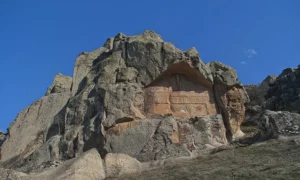
Yazılıkaya
Yazılıkaya is a remarkable ancient sanctuary located in central Turkey, near the city of Hattusa, the capital of the Hittite Empire. This open-air shrine boasts a rich array of rock carvings depicting gods, goddesses, and mythical creatures from the Hittite pantheon. The site, which translates to “Inscribed Rock” in Turkish, is divided into two main chambers, known as Chamber A and Chamber B, each adorned with a unique set of bas-reliefs. These carvings provide invaluable insights into the religious practices and beliefs of the Hittites, a civilization that thrived over 3,000 years ago. The intricate details and the well-preserved state of the carvings make Yazılıkaya one of the most significant archaeological discoveries in the study of ancient Near Eastern cultures.
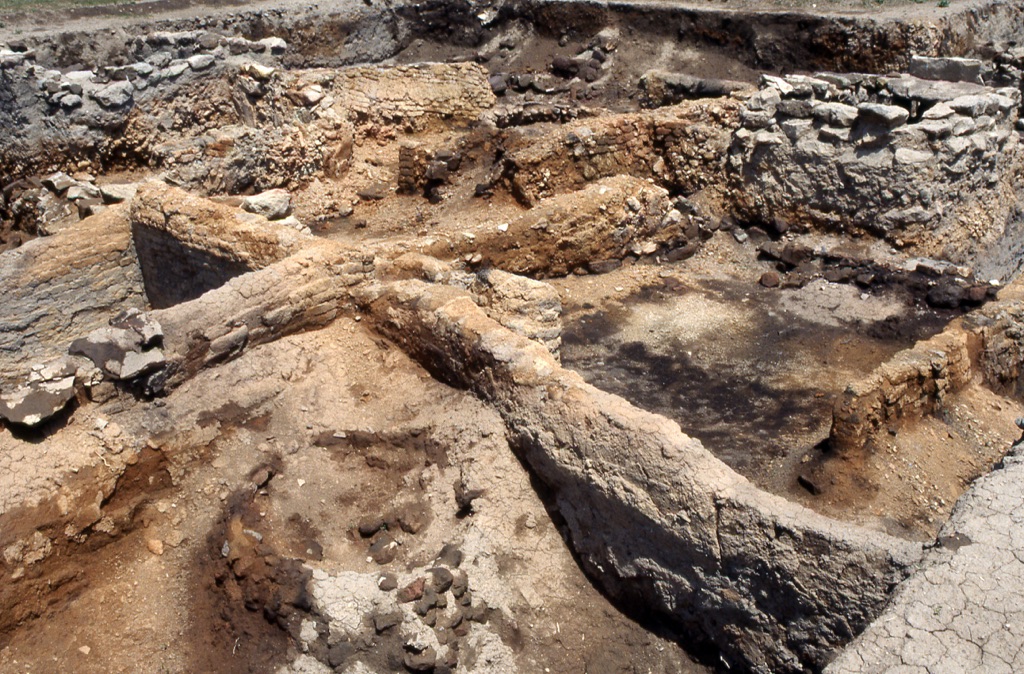
Kültepe
Kültepe, known also as the ancient city of Kanesh, remains an invaluable link to the early ages of trade and writing. This remarkable archaeological site in Turkey gives us insights into the Assyrian trading colonies that thrived during the Bronze Age. Visitors and scholars alike delve into a rich tapestry of history that unveils the economic and cultural exchanges of the era. The excavations here brought to light thousands of clay tablets, etched with cuneiform script.
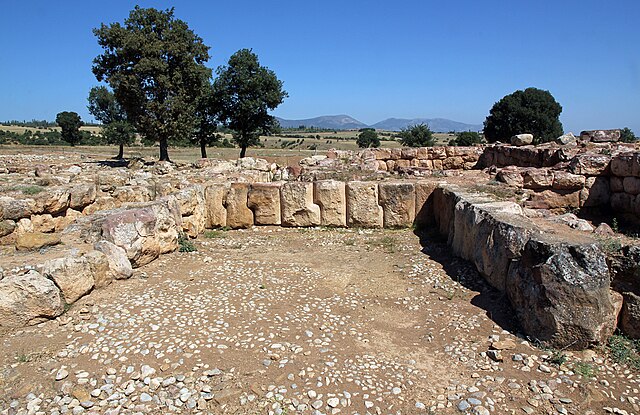
Sapinuwa
Deep in the heartland of Turkey lies the ancient city of Sapinuwa, a hidden gem that once thrived during the Bronze Age. Believed to have been a major Hittite city, Sapinuwa offers a unique glimpse into an age-old civilization. Preserved through time, the city’s ruins tell the story of a culturally rich and strategically significant metropolis. With ongoing archaeological research, Sapinuwa continues to reveal secrets of the Hittite empire, from their advanced urban planning to their enigmatic religious practices. Visitors and historians alike are drawn to its enduring legacy, making it a focal point for those passionate about ancient Near Eastern history.
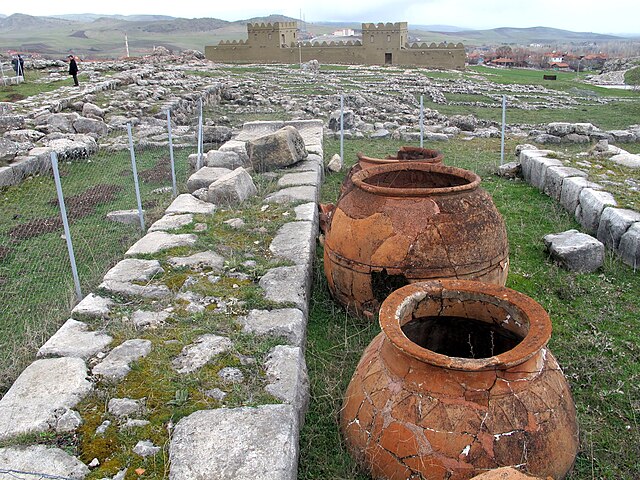
Hattusa
Hattusa, the ancient Hittite capital, sits in modern-day Turkey. This UNESCO World Heritage site echoes the power of a civilization that thrived over 3,000 years ago. Its impressive ruins spread across the landscape, including grand gates, temples, and towering fortifications. Visitors can connect with history by walking the ancient walls and exploring the royal archives. These contain fascinating cuneiform tablets that reveal secrets of the past. Hattusa is not just a testament to the Hittite empire; it forms a bridge between the modern world and ancient societies. Explorers and history buffs will find themselves transported to a time of innovation, conflict, and mythology.
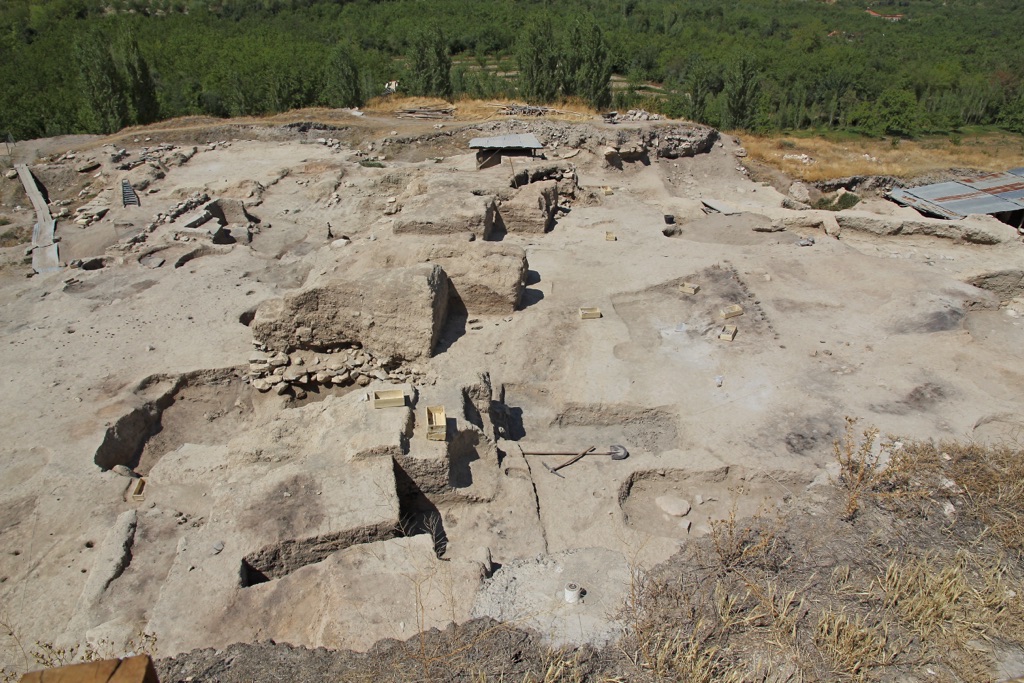
Arslantepe
Arslantepe Mound stands as a testament to thousands of years of human history. Located in eastern Turkey, this archaeological site reveals a continuous occupation from at least the 6th millennium BCE until the late Roman period. Its early urban structures and monumental buildings reflect a complex society. The site is notably home to one of the earliest known palatial buildings, dating back to the 4th millennium BCE. Arslantepe provides critical insights into the development of rulership and state bureaucracy in the early Bronze Age.

